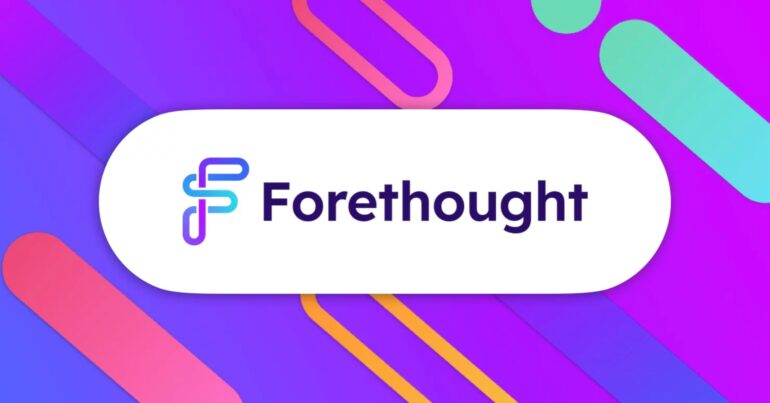TL;DR:
- Forethought introduces Autoflows, a revolutionary concept in customer service automation.
- Autoflows utilizes natural language prompts to define goals and policies, leaving AI to handle the execution.
- It differs from traditional workflows by its ability to autonomously pull relevant data from previous interactions.
- Beta testing of Autoflows resulted in significantly improved resolution rates compared to classical workflows.
- Powered by SupportGPT, Forethought’s generative AI model, and OpenAI models, Autoflows blends automation with human control.
- The platform aims to evolve further, reducing the need for manual intervention as it matures.
- Autoflows is now available to the public after an initial beta phase.
Main AI News:
In the ever-evolving landscape of customer service technology, Forethought has been at the forefront, consistently providing solutions to streamline and enhance customer interactions. Over the years, the company has been instrumental in popularizing the use of chatbots to address common customer queries. However, with the advent of generative AI, Forethought has recognized an even greater potential for augmenting its capabilities. Enter Autoflows, the latest brainchild from Forethought.
Deon Nicholas, co-founder and CEO of Forethought, unveiled this groundbreaking concept during a recent interview with TechCrunch. Autoflows represent a paradigm shift in customer service automation. It revolves around the idea of natural language prompts, allowing users to define their objectives or policies while leaving the intricate details to be handled by AI. This approach extends beyond merely answering questions; it encompasses executing a sequence of tasks, sometimes spanning multiple systems to achieve a desired outcome.
Nicholas emphasizes that Autoflows distinguishes itself from conventional no-code and low-code workflows, where customer service teams are required to meticulously specify each step of a workflow. He elaborates, “You can essentially input a block of text outlining a policy, and, true to Forethought’s ethos, we can decipher the request, pulling relevant data from past conversations or existing policy documents.”
According to Nicholas, customers who participated in the beta testing of Autoflows reported a significant improvement in resolution rates compared to traditional workflows. Once the AI is equipped with the necessary information for a given task, it autonomously formulates appropriate questions for customers, engendering a nuanced and human-like automated conversation, akin to a seasoned customer service representative.
At the core of this system lies SupportGPT, Forethought’s proprietary generative AI model, further fortified by OpenAI models. While much of the process is automated, human intervention is still possible, allowing for the addition, modification, or removal of tasks and fine-tuning. The ultimate objective, however, is to empower AI to handle the lion’s share of the workload. While it may not be as iterative as ChatGPT, which allows users to refine their requests continuously, Autoflows can seamlessly integrate with systems like Zendesk to initiate ticket creation via a REST API. Yet, it currently necessitates the manual addition of supplementary tasks.
Nicholas envisions that, as they continue to refine the platform’s capabilities in process building, Autoflows will evolve to offer a higher degree of sophistication, reducing the need for manual intervention. After undergoing an initial beta phase, Autoflows is now available to the public, marking a significant milestone in the journey toward its further refinement.
Conclusion:
Forethought’s Autoflows represents a major leap in the field of customer service automation. Its innovative use of natural language prompts and AI-driven execution offers the potential to significantly enhance resolution rates, providing a competitive edge in the market for customer service solutions. As it continues to evolve and automate more tasks, it is poised to reshape the landscape of customer support technology.

